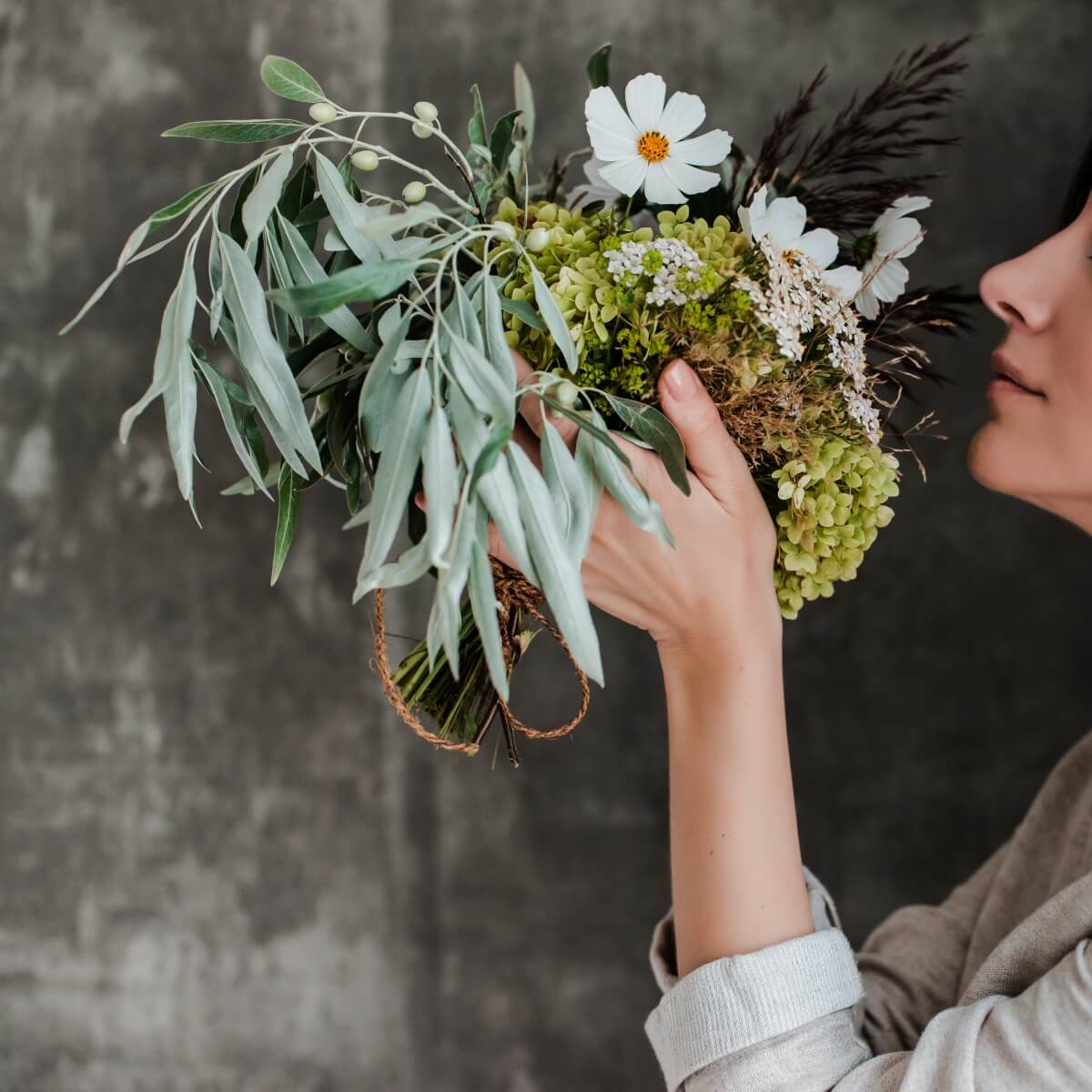Featured
Delivery only in Thessaloniki29,99 € Original price was: 29,99 €.27,99 €Η τρέχουσα τιμή είναι: 27,99 €.

This traditional method is one of the simplest and most natural ways to dry your flowers. The flowers largely retain their natural colour and appearance, while the petals and leaves remain relatively intact.
Steps:
Tips:
Air-drying flowers is a practical and economical technique that allows flowers to retain their natural beauty and feel for a long time. It is also a wonderful way to create home decorations or make unique gifts.
Advantages of the method:
Silicone gel is an effective absorbent material that can be used for drying flowers.
Steps:
Tips:
With this method, you can dry flowers in a few minutes.
Tips:
- Perlite or Sand are natural materials that can help flowers get dry whereas they maintain their shape and colour.
Tips:
The traditional book method is one of the oldest ways of drying flowers.
Tips:
This method allows you to retain a certain amount of elasticity in the flowers, giving them a relatively fresh appearance.
Tips:
I hope this article has helped you to get to know the different methods of flower drying and choose the one that best suits your needs. Each method has its own advantages and can offer different results, depending on the type of flower and the use you intend to give it.
Once the flowers are fully dried, you can place them in frames or use them to make a lovely wreath. For extra protection, spray the flowers with waterless hairspray.
In general, air drying flowers is an easy and effective technique that offers beautiful results. Whether you want to preserve a memory of a special family wedding or create decorative items for your home, this technique is perfect for you.
Flower drying is an art that allows flowers to be preserved for a long time, retaining the beauty and joy they offer. Regardless of the method you choose, the most important thing is to do it with care and love. Good luck!
No account yet?
Create an Account